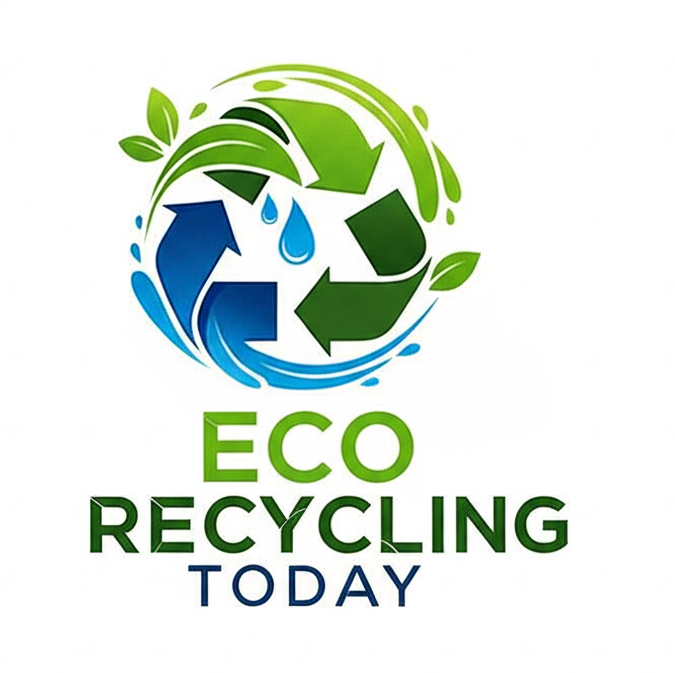Plastic recycling is more than just separating bottles from trash—it’s a business opportunity and an environmental necessity. One of the most efficient ways to handle large amounts of plastic waste is baling, a process that compresses loose plastics into dense, transportable bundles. This guide explains everything you need to know about baling plastic, from the types of materials to equipment, safety tips, and maximizing profits.

What Is Plastic Baling?
Plastic baling is the process of compressing recyclable plastics—such as PET bottles, HDPE containers, and plastic films—into compact bales. These bales:
- Reduce storage space
- Lower transportation costs
- Make plastics easier to sell to recycling facilities
Baling is commonly used by recycling plants, waste management companies, and businesses producing large volumes of plastic waste.
Types of Plastic Suitable for Baling
Not all plastics are created equal. The most commonly baled plastics include:
| Plastic Type | Common Products | Recycling Notes |
|---|---|---|
| PET (Polyethylene Terephthalate) | Water & soda bottles | Highly recyclable; fetches good market value |
| HDPE (High-Density Polyethylene) | Milk jugs, detergent bottles | Easy to bale; widely accepted |
| LDPE (Low-Density Polyethylene) | Plastic bags, shrink wrap | Requires specific baler types; lightweight |
| PP (Polypropylene) | Caps, straws, containers | Increasingly recycled due to demand |
| PVC (Polyvinyl Chloride) | Pipes, cables | Less common; recycling more complex |
Equipment Needed for Baling Plastic
- Plastic Baler – Vertical or horizontal balers depending on volume.
- Conveyor System – Optional for large-scale operations.
- Safety Gear – Gloves, goggles, protective clothing.
- Strapping Tools – Steel or plastic bands to secure bales.
Tip: Horizontal balers are ideal for high-volume commercial operations, while vertical balers are suitable for small to medium businesses.
Step-by-Step Process of Baling Plastic
1. Sort the Plastic
Separate plastics by type and color. Contamination can lower the resale value.
2. Clean and Dry
Remove labels, caps, and residues to ensure quality recycling.
3. Shred (Optional)
Shredding larger plastics reduces bale size and makes compression more effective.
4. Load into Baler
Feed sorted plastic into the baler chamber according to manufacturer instructions.
5. Compress and Tie
Activate the baler to compress the plastic. Use steel or plastic straps to secure the bale.
6. Store or Ship
Label each bale with type and weight, then store or transport to recycling facilities.
Benefits of Baling Plastic
- Space-saving: Bales are compact and easier to store.
- Cost-efficient: Lower shipping costs per ton.
- Marketable: Recyclers prefer pre-baled materials, which can fetch higher prices.
- Environmental impact: Reduces landfill waste and supports the circular economy.
Common Mistakes to Avoid
- Mixing different plastic types.
- Baling dirty or wet plastics.
- Using incorrect baler settings.
- Ignoring safety procedures.
Baling plastic is an essential step in efficient recycling and waste management. By following proper sorting, cleaning, and compression techniques, businesses and individuals can save space, reduce costs, and even generate revenue from recyclables. Investing in the right equipment and adhering to safety standards ensures both profitability and sustainability.
FAQ
Q1: Can all plastic be baled?
A1: Most recyclables like PET, HDPE, and LDPE can be baled. PVC and certain composites require specialized handling.
Q2: How heavy is a typical plastic bale?
A2: Bales can weigh anywhere from 200 kg to over 500 kg depending on the baler type and plastic density.
Q3: Do I need a license to bale plastic commercially?
A3: Regulations vary by country. Check local waste management laws and recycling regulations.
Q4: How much profit can I make from baling plastic?
A4: Profit depends on plastic type, bale weight, and market price. PET bottles typically sell for $200–$400 per ton, while HDPE can reach $400–$600 per ton.
